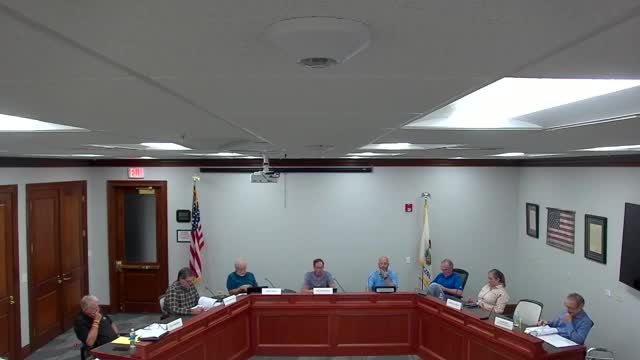Urgent call to protect open space from development threats
August 21, 2024 | Campton Hills, Kane County, Illinois
This article was created by AI summarizing key points discussed. AI makes mistakes, so for full details and context, please refer to the video of the full meeting. Please report any errors so we can fix them. Report an error »

During a recent government meeting, officials engaged in a detailed discussion regarding open space zoning, focusing on the classification and identification of various parcels designated as open space within the community. The conversation highlighted the need for clarity in terminology and ownership, particularly distinguishing between different types of open space, such as township-owned land, forest preserves, and nature preserves within subdivisions.
Officials emphasized the importance of accurately identifying all parcels to ensure that no areas are overlooked in the zoning process. The discussion included the necessity of creating a simplified overarching category for open space, while also considering subcategories to address specific types of land use and preservation, such as farmland and nature preserves.
Concerns were raised about the potential for misinterpretation of what constitutes open space, especially in relation to properties that may be subject to development pressures. The officials acknowledged that some areas, particularly those governed by Planned Unit Developments (PUDs), have specific covenants that restrict their use, which complicates the zoning landscape. They stressed the importance of understanding these covenants and their implications for future development.
The meeting also touched on the role of the village in protecting open space from inappropriate development, with officials expressing a commitment to maintaining the community's semi-rural character. They discussed the need for a comprehensive map that accurately reflects the status of open space properties, which would serve as a valuable tool for potential developers and the community alike.
As the conversation progressed, officials recognized the urgency of addressing these zoning issues, particularly in light of recent events that have underscored the necessity of clearly delineating ownership and usage rights. The meeting concluded with a consensus on the need for further analysis and collaboration to ensure that the community's open space is preserved and protected for future generations.
Officials emphasized the importance of accurately identifying all parcels to ensure that no areas are overlooked in the zoning process. The discussion included the necessity of creating a simplified overarching category for open space, while also considering subcategories to address specific types of land use and preservation, such as farmland and nature preserves.
Concerns were raised about the potential for misinterpretation of what constitutes open space, especially in relation to properties that may be subject to development pressures. The officials acknowledged that some areas, particularly those governed by Planned Unit Developments (PUDs), have specific covenants that restrict their use, which complicates the zoning landscape. They stressed the importance of understanding these covenants and their implications for future development.
The meeting also touched on the role of the village in protecting open space from inappropriate development, with officials expressing a commitment to maintaining the community's semi-rural character. They discussed the need for a comprehensive map that accurately reflects the status of open space properties, which would serve as a valuable tool for potential developers and the community alike.
As the conversation progressed, officials recognized the urgency of addressing these zoning issues, particularly in light of recent events that have underscored the necessity of clearly delineating ownership and usage rights. The meeting concluded with a consensus on the need for further analysis and collaboration to ensure that the community's open space is preserved and protected for future generations.
View full meeting
This article is based on a recent meeting—watch the full video and explore the complete transcript for deeper insights into the discussion.
View full meeting
